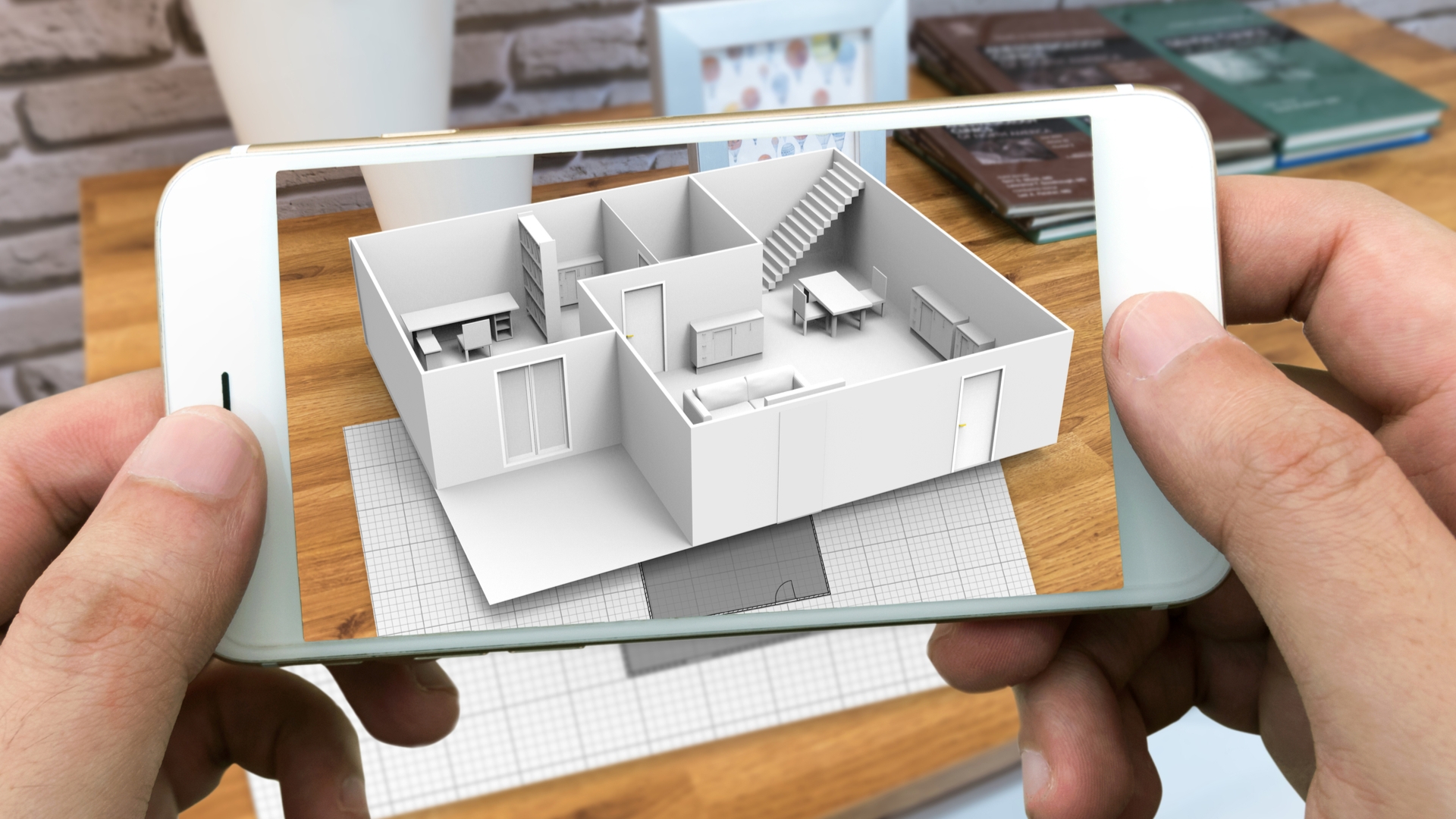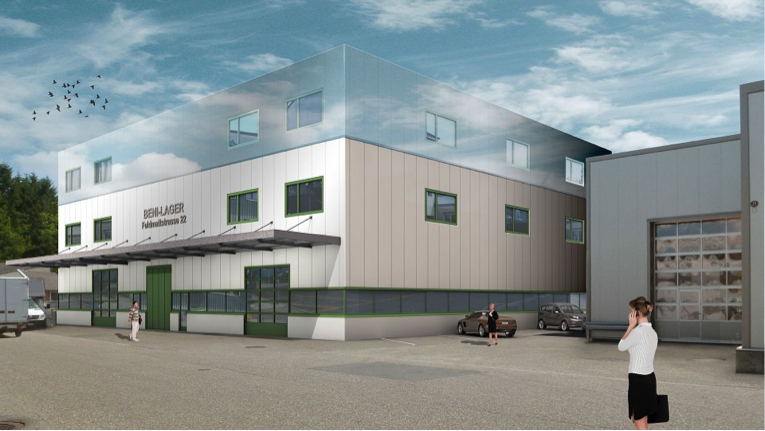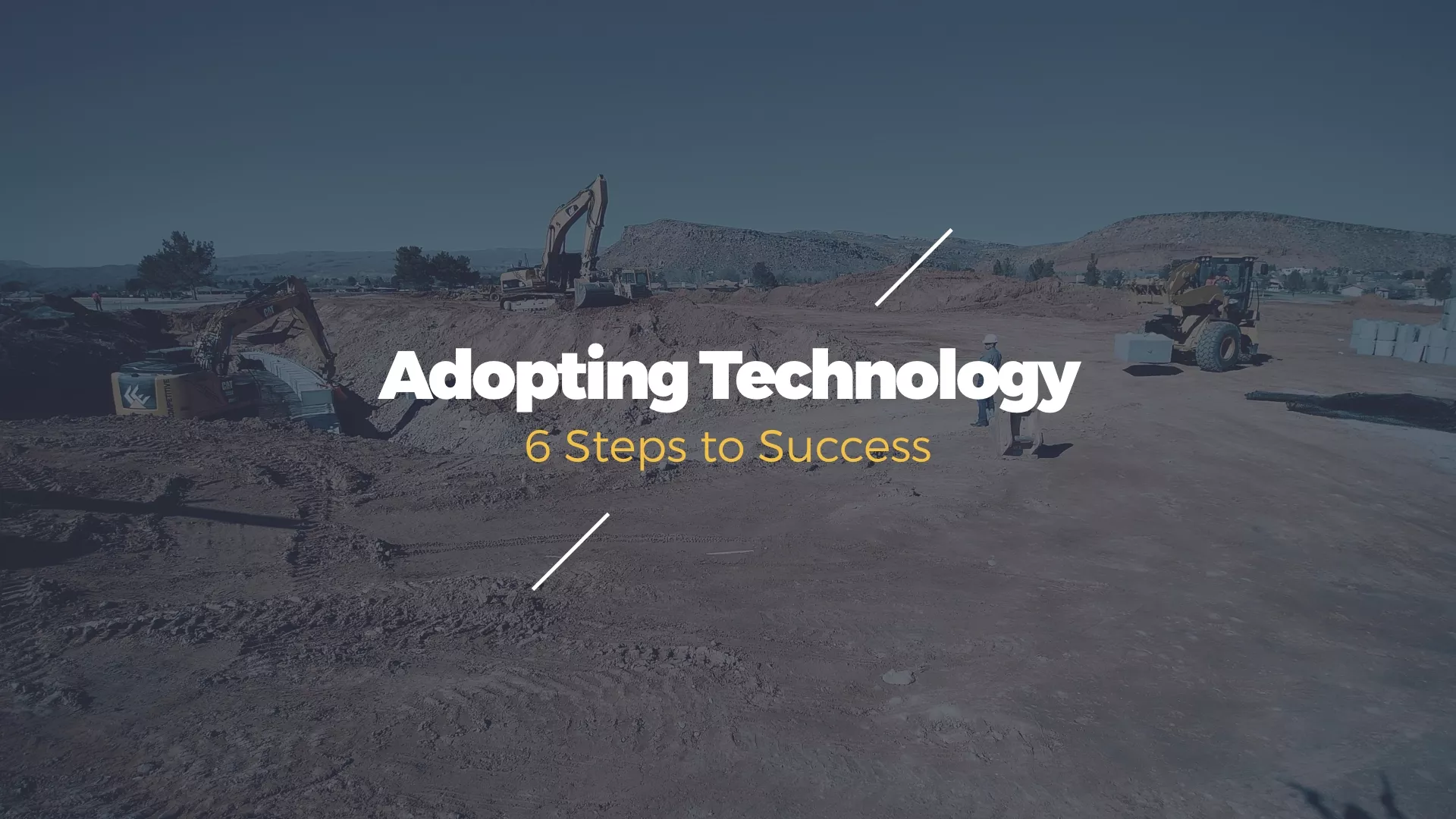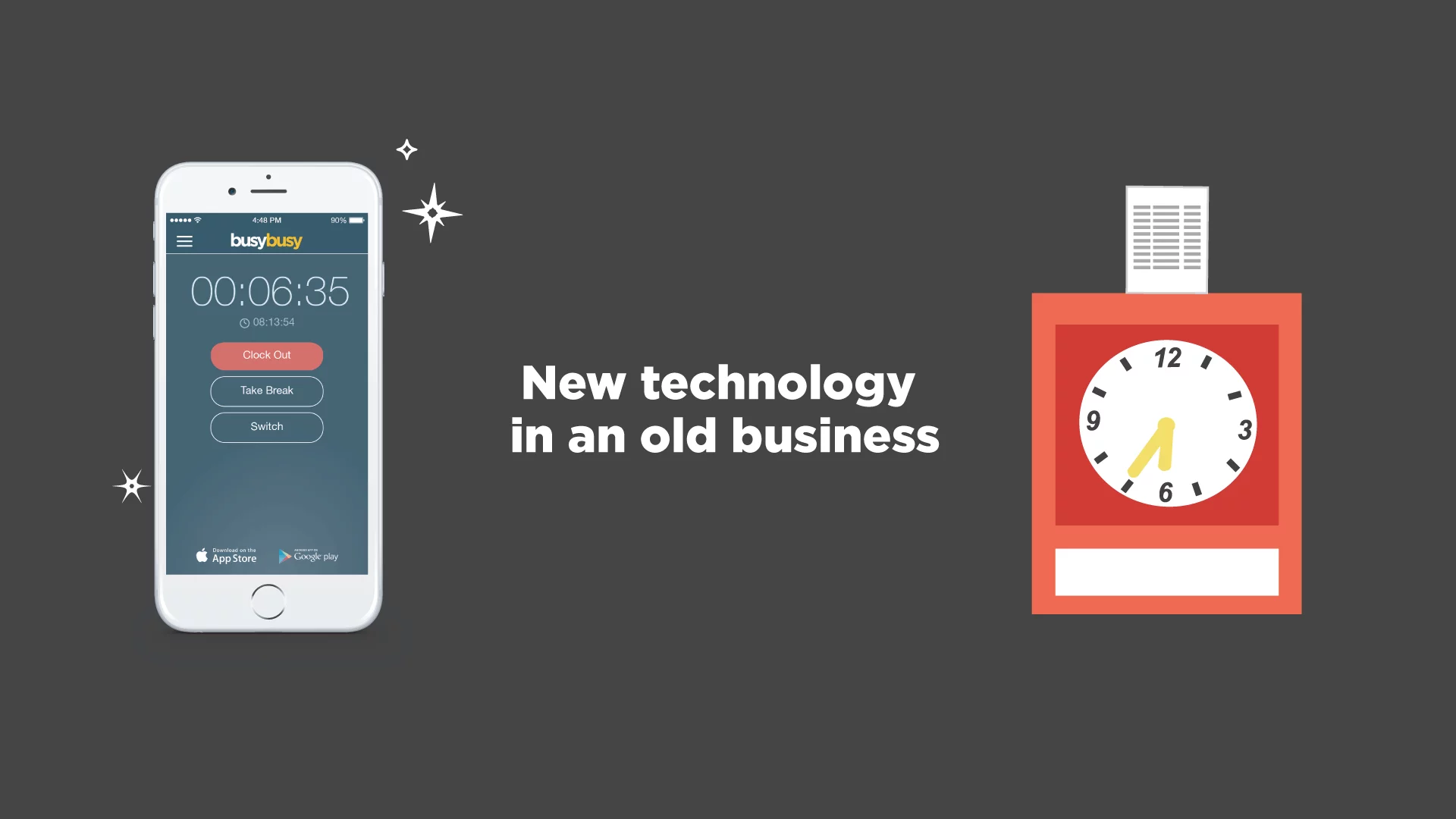
Technological innovation is the reason why the construction industry has developed so much in the last 10,000 years. Digital technology, specifically, is responsible for changing the entire landscape of the construction industry over the past two decades.
Digital technology brings a variety of improvements to the work environment of a contractor. In fact, the entire work process from A to Z has been augmented by digital processes, whether it’s customer outreach efforts, data management storage, analyzing work environments for safety and efficiency, improving communication between workers on site, helping track workflow on any given project, and more.
The importance of incorporating digital technology into construction has not been lost on industry leaders, either. It’s the message behind a recent study conducted on the British construction industry, which made the blunt point to contractors working today: “modernize or die”.
The paradigm shift brought on by digital technology has been so swift and thorough that you might not even be benefiting as much from the changes as you could be. Indeed, there are so many ways in which digital technology can improve your work process that it’s likely the case that you are not benefiting as much as you could be from them.
Digital Technology Has Been a Macro-Level Innovator
You can look at technological innovation on a number of different scales. On a micro scale are the myriad slight improvements made to the tools and techniques that construction workers use from year to year. As we come to master the tools at our disposal, we begin to make small changes to optimize their use.
A good example of a micro-level improvement is the shovel. The shovel is an ancient tool that has been used to construct buildings since the dawn of time. The original shovels were probably made of stone and wood, and were far heavier and cumbersome than the shovels we have now. Today, we manufacture light-weight shovels welded to the perfect shape for digging up earth or debris. We even make machines with a huge shovel arm to help us speed up the work.
Innovations made to the shovel are micro-level improvements because the type of tool is the same and the style of work is the same.
On the other hand, the construction industry has also seen some macro-level innovators. The best example to date is undeniably digital technology. Why? Because it has completely changed the way contractors go about planning and executing a project. It has brought structural change to an industry which usually chugs along with micro-innovations to specific niche areas of construction work. However, a recent study conducted by McKinsey and Company found that the construction industry is one of the slowest industries to make the digital transition.
So, what are some of the ways digital technology can help your construction business? Here are a few recommendations to consider adding to your workflow (if they are not already a part of it).
Get Interactive with BIM
BIM is short-form for Building Information Modelling. It is one of the most important changes to the construction industry over the past few years that almost any contractor can benefit from. BIM has taken the place of traditional 2D site blueprints that were drawn up on paper for years. Part of the digital shift is doing away with paperwork and embracing the interconnectivity of the digital sphere, and BIM is a great example of how it works to your advantage. A 3D modeling software that synthesizes all relevant information about the project is what it offers, and it can always be tinkered to your specifications.
No longer do you need to track down relevant information about a project that has been lost in the shuffle. No longer will your clients feel disconnected from your modeling because they will understand your vision and be much more able to make informed recommendations about it. With BIM projected to make the transition into 5D modeling, the time is now to invest in this interactive software that improves communication and increases workflow efficiency.
Benefit from Better Health and Safety Surveillance
One of the challenges in the pre-digital era was to monitor worksites for health and safety standards. In the digital era, this has become much more possible. Perhaps the most noticeable innovation in this regard are safety gadgets. Gadgets are made in various shapes and sizes and should be worn by all workers when on site. This includes monitors on hard hats and safety vests equipped with GPS and health monitoring systems. While it depends on the kind of work you are doing, safety gadgets are the most emblematic item of the drastic change digital technology has brought to bear on health and safety standards.
Make Use of Construction Drones
Perhaps nothing is as exciting as drones. You’ve probably heard much about the use of drones in warfare, but they have more practical purposes too. Drones are becoming a popular tool for site exaction purposes, both before, during, and after a job has been completed. In this regard, drones have replaced the land-surveying work that was both inefficient and prone to human error – not to mention the time and money you will save on human labor costs. Drones can be optimized to develop 3D models, topographical maps, and even measure the volume of certain substances (like sand or gravel). All these actionable insights mean that the ROI with drones is simply much better than traditional human land-surveying techniques.
Drones have a secondary use – value as surveyors of workplace safety. Especially useful in industrial construction projects of larger size, drones can monitor a site to ensure workers are safe and nothing is being overlooked.
Augmented Reality (AR) For Construction

Another exciting innovation is the use of augmented reality in construction projects. Much like BIM, augmented reality software puts the client, architect, and contractor on the same page from the very beginning. Architects and contractors can build immersive designs for a project and pitch them to clients in a way that is more ‘real’ than ever – both regarding scale and experience. AR also contributes to cost-saving measures when it comes to building expenses because it reduces the likelihood of projects running behind schedule.
Digital Innovation Puts Your Business Two Steps Forward
Incorporating some of these macro digital innovations into your workflow will launch your company two steps forward. As you have just seen, all of these tools come with at least two advantages, so the cost of ignoring them is far greater than adopting them.











